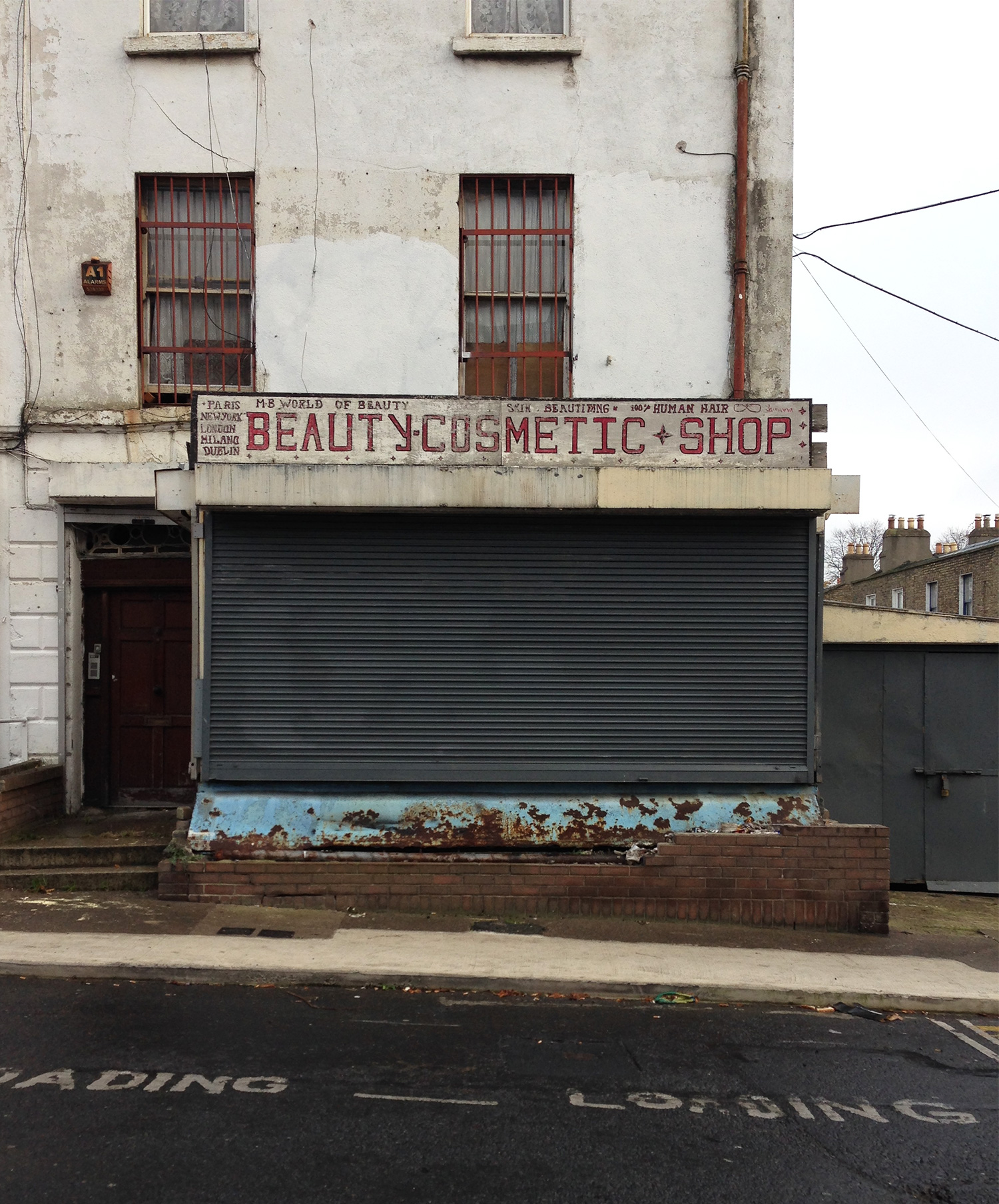Last month, Spotify hit 1 billion tracks streamed from their Discover Weekly playlists. The real genius of the feature isn't that it throws out at least a couple of bangers every week – although it does – or that it has a better handle on your tastes than you do, but that it's tied to a specific day of the week, and that each playlist only lasts for seven days. Spotify have contrived to artificially create a sense of scarcity and urgency in the face of as-good-as-infinite choice.
There are a few things I'd like to know about other people's Discover Weekly experiences. What's it like for a new user, with no previous listening history? How does it work for people who aren't particularly interested in listening to new music and just want to hear what they're familiar with? As anyone who's ever DJ'ed a wedding will tell you: there are a lot of these people walking among us. Also, exactly how creepy is it? If your Spotify account is tied to your Facebook account, is The All-Seeing Algorithm making musical inferences based on stuff you post there?
A word on recommendation engines. They're remarkably difficult to get right. It's been seven years since Netflix awarded $1m to a team called 'BellKor's Pragmatic Chaos' (which makes them sound like a crew from the late eighties Amiga demo scene) for improving the accuracy of its internal system by a shade over 10%. Netflix never used the winning entry. The Netflix recommendation engine is still, in 2015, utterly terrible. They're at a considerable disadvantage because they'll always have less data points than a music streaming service and – to be generous – a lower quality library. Still, even given that, it's dogshit.
I should finish this post with a few gems that DW has offered up over the past few months, so here goes. It would probably make more sense as a Spotify playlist but I haven't been bothered to find out how to embed one. So you'll have to make do with some YouTube videos, like some kind of medieval cave-ape.













































